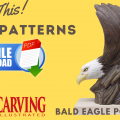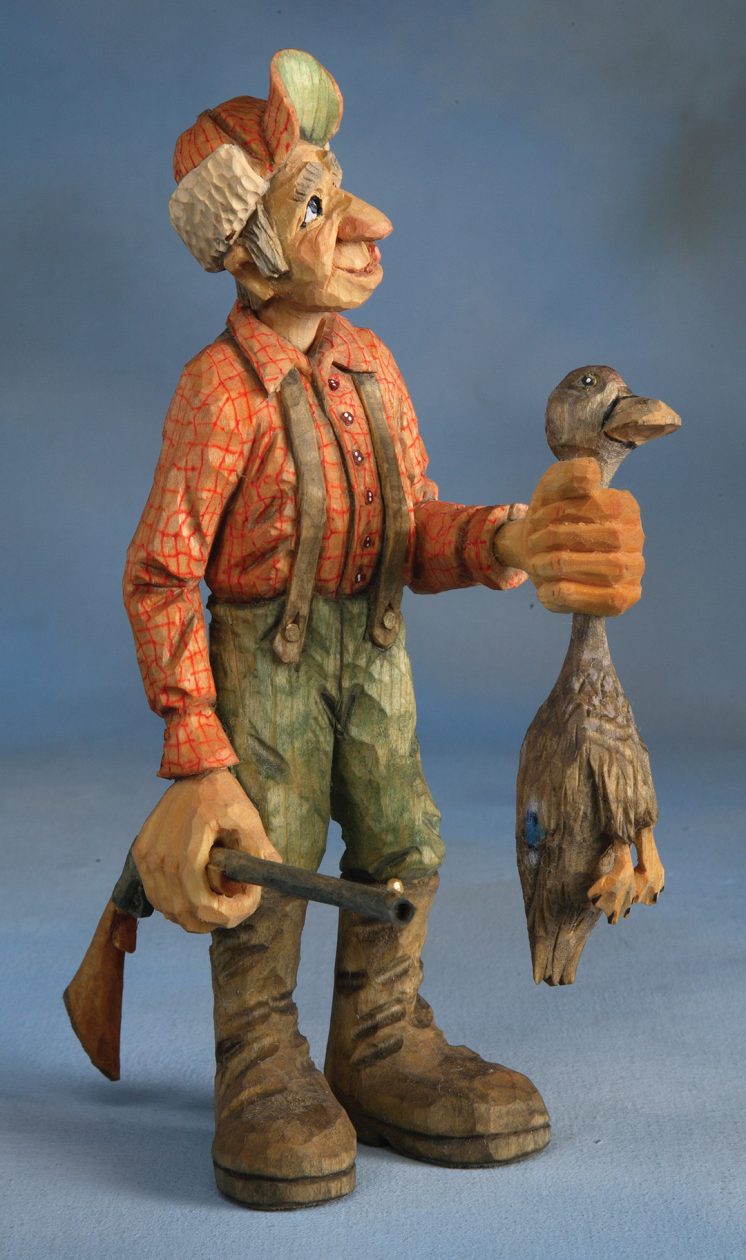 Facial expressions and body language let you tell a story with this carving
Facial expressions and body language let you tell a story with this carving
by Arnold Smith
Most of my carvings begin with a story in my head. “This hunter, who happens to be a really poor shot, finally killed himself a duck and was really excited about it. He couldn’t wait to eat it as he walked home, licking his lips and thinking—duck tonight.”
Carving
I use basswood because it holds detail well. The head is carved separately, so I can experiment until I get the right pose. The arms, duck, and gun are also add-ons. I attach the arms with 3/8″-diameter dowels.
Rough out the carving on the band saw. Then, drill the holes for the neck, arms, gun, and duck.
Shape the wood and add details, working towards the holes. I use a Helvie knife with a 2″-long blade for most of the work and a 1/4″-long detail knife for tight areas. I switch to 1/4″, 3/8″, and 1/2″ #11 palm gouges for making wrinkles and then deepen the wrinkles with a 3/8″ V-tool.
For the hair, start with a 1/4″ #11 palm gouge, and deepen the cuts with a 1/8″ V-tool. The fur on the cap is carved with a 1/8″ veiner. The eyes are carved using a detail knife, a 1/4″ #11 gouge, and a 1″ V-tool.
Painting
For most of the carving, I dilute 6 drops of Delta Ceramcoat acrylic paint with 1 tablespoon of water. The shirt and cap are painted with tomato spice. The pants are midnight blue. The suspenders, boots, and hair are 3 drops of Black and 3 drops of brown iron oxide. Use the black wash to add shadows to the wrinkles, rolls of fabric, and around the heels and soles of the shoes.
I leave the exposed flesh the natural color of the basswood, but use tomato red wash to highlight the nose flares, smile line, tips of the ears, tongue, between the fingers, and on the knuckles. For the duck beak and feet, mix 3 drops of antique gold and 3 drops of brown iron oxide. The duck itself is painted with the same mixture used on the suspenders. Add a few breast feathers with a wash of cream. Paint the gunstock with a brown iron oxide wash, and mix 3 drops of black iron oxide and 3 drops of midnight blue for the metal on the gun. Paint the eyes with undiluted white and blue.
After the paint has dried, dip the carving in a mixture of 1 quart linseed oil and 4 ounces antique oak, oil-based stain.
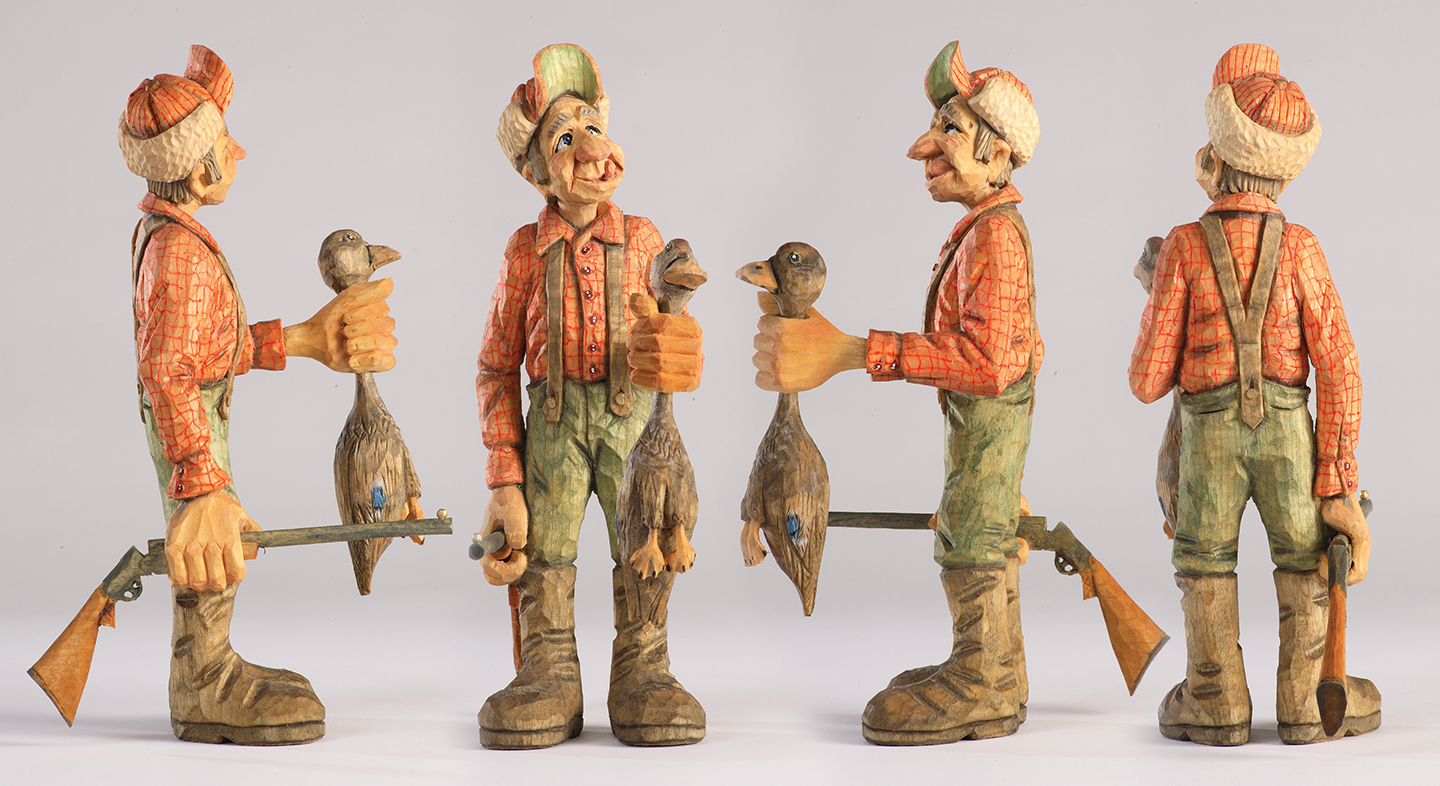
Materials:
- Basswood: 2 1/2″ x 3″ x 8″ (body)
- Basswood: 2 1/2″ x 2 1/2″ x 3″ (head)
- Basswood: 1 1/4″ x 3″ x 4″ (bent arm)
- Basswood: 1″ x 1 1/2″ x 5″ (straight arm)
- Basswood: 1/2″ x 3″ x 6 1/2″ (gun)
- Basswood: 1 1/2″ x 1 1/2″ x 5 1/2″ (duck)
- Acrylic paint, such as Delta Ceramcoat: tomato spice, midnight blue, black, brown iron oxide, antique gold, cream, black iron oxide, white, blue
- Linseed oil
- Oil-based stain, such as antique oak
Tools:
- Carving knife (mine has a 2″-long blade)
- Detail knife (mine has a 1/4″-long blade)
- #11 gouges: 1/4″, 3/8″, 1/2″
- V-tools: 1/8″, 3/8″, 1″
CLICK HERE to download the Duck Tonight Pattern.
Arnold Smith lives in Scott, Ga., with his wife and family. He is a retired civil service worker from Warner Robins Air Force Base, Ga. He has been with the Museum of Aviation for the last six years where he has won many awards for his work as a display specialist.
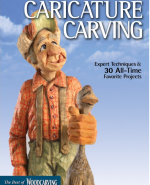 |
For more information about caricature carving purchase Caricature Carving (Best of WCI). It is available for $19.95 plus S&H at www.FoxChapelPublishing.com. |
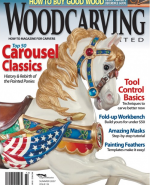 |
This article first appeared in Woodcarving Illustrated Summer 2007 (Issue 39). It is available for purchase at www.FoxChapelPublishing.com. |



